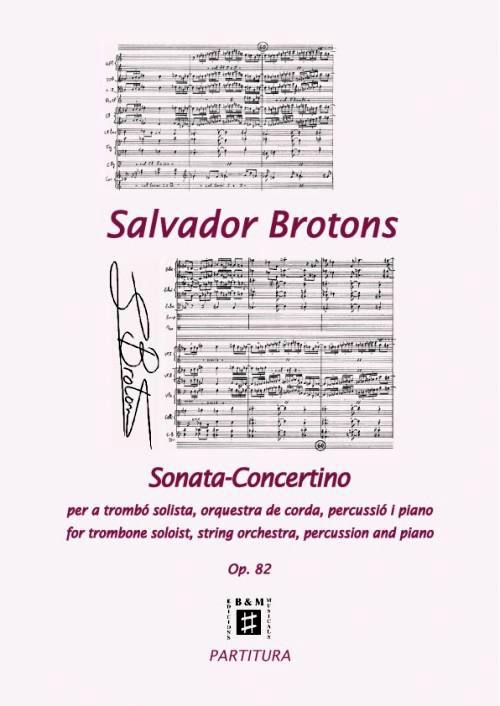Description
Author
Format
Instrumentation
Duration
Pages
Year of composition
ISMN
Ref.
The piece is structured in two movements without interruption, separated by a sizeable “Cadenza”. The first movement, “Adagio funebre” is of profound content. From the lowest register, the cellos and double basses present the main theme, of dark and depressive character, in octaves. The trombone now takes the lead initiating a process of dynamic change with soaring textures of strong direction and projection, which culminate with the reexposition of the theme by the orchestra, now fully harmonized and fortissimo. The trombone suddenly interrupts the climax with a new vision, distant and soft, in the high register. Gradually the music sinks to the lowest and most dramatic register, finishing the movement in the deepest pessimism. The Cadenza, which follows without interruption, serves as a bridge linking the two movements. Thematically, the Cadenza synthesizes the material of the first movement and hints at the principal material of the next movement. It is also layed out with clear direction, starting in the most profound pessimism to culminate with great exaltation.
The last movement, unlike the first, is extrovert, rhythmic, fast and of a virtuoso nature. The syncopation of the orchestra, combined with the repeated notes and glissandos of the trombone, give the first theme great strength and energy.
Following a contrapuntal bridge, a second theme arrives, lyrical and rich with long phrases, which is presented by the orchestra, and then repeated by the trombone. In the distended central part, beneath a rhythm of repeated notes, material of the first movement reappears and a modified and shorter reexposition develops which leads to a highly rhythmic and elated coda.




















There are no reviews yet.